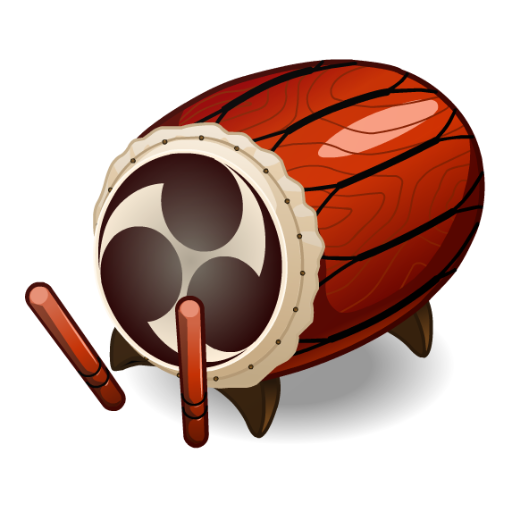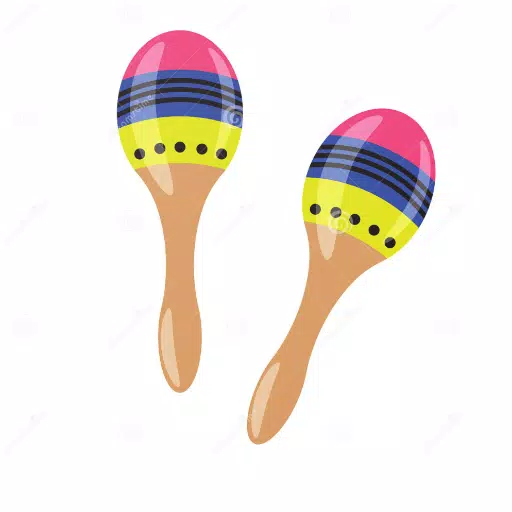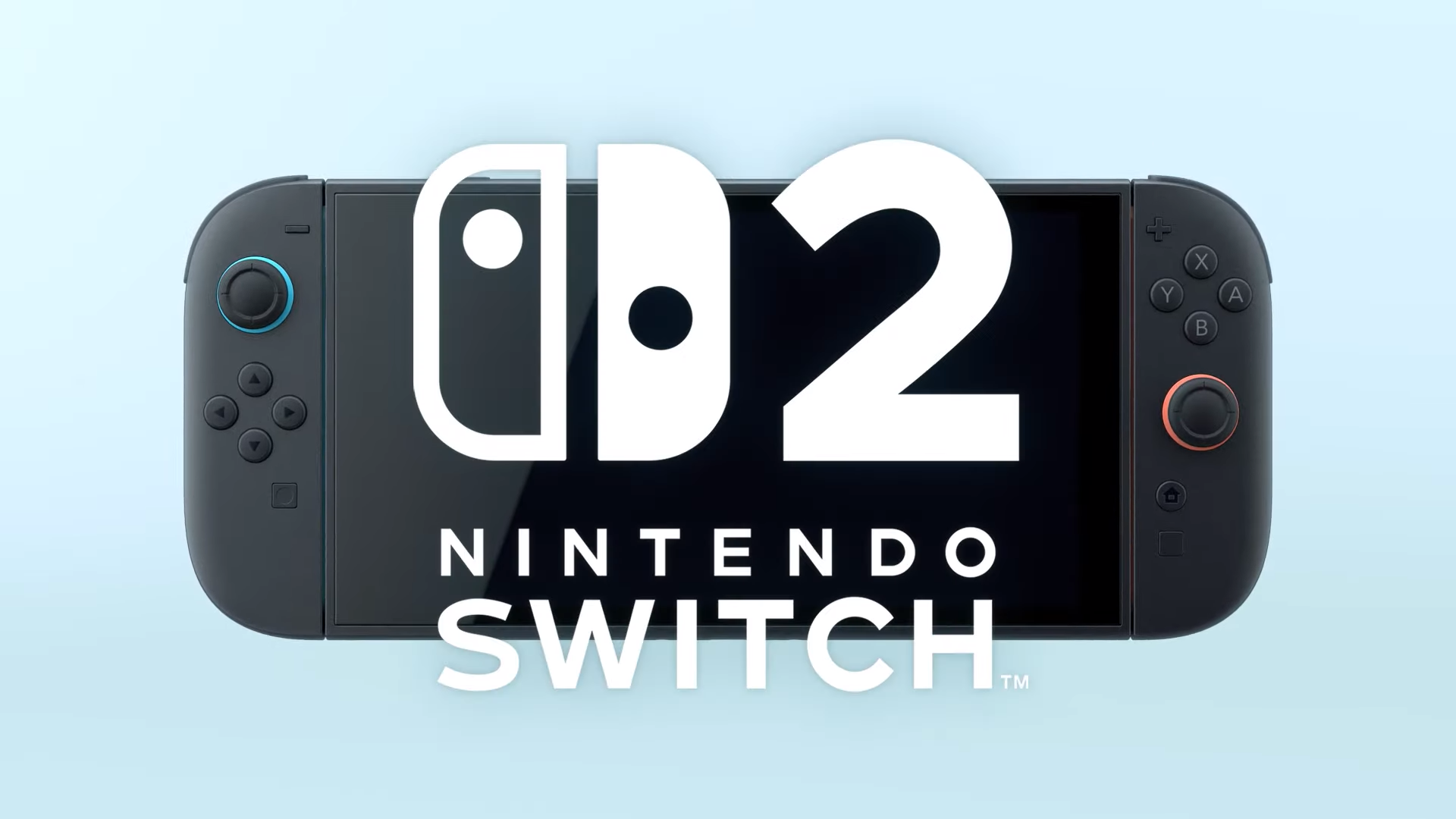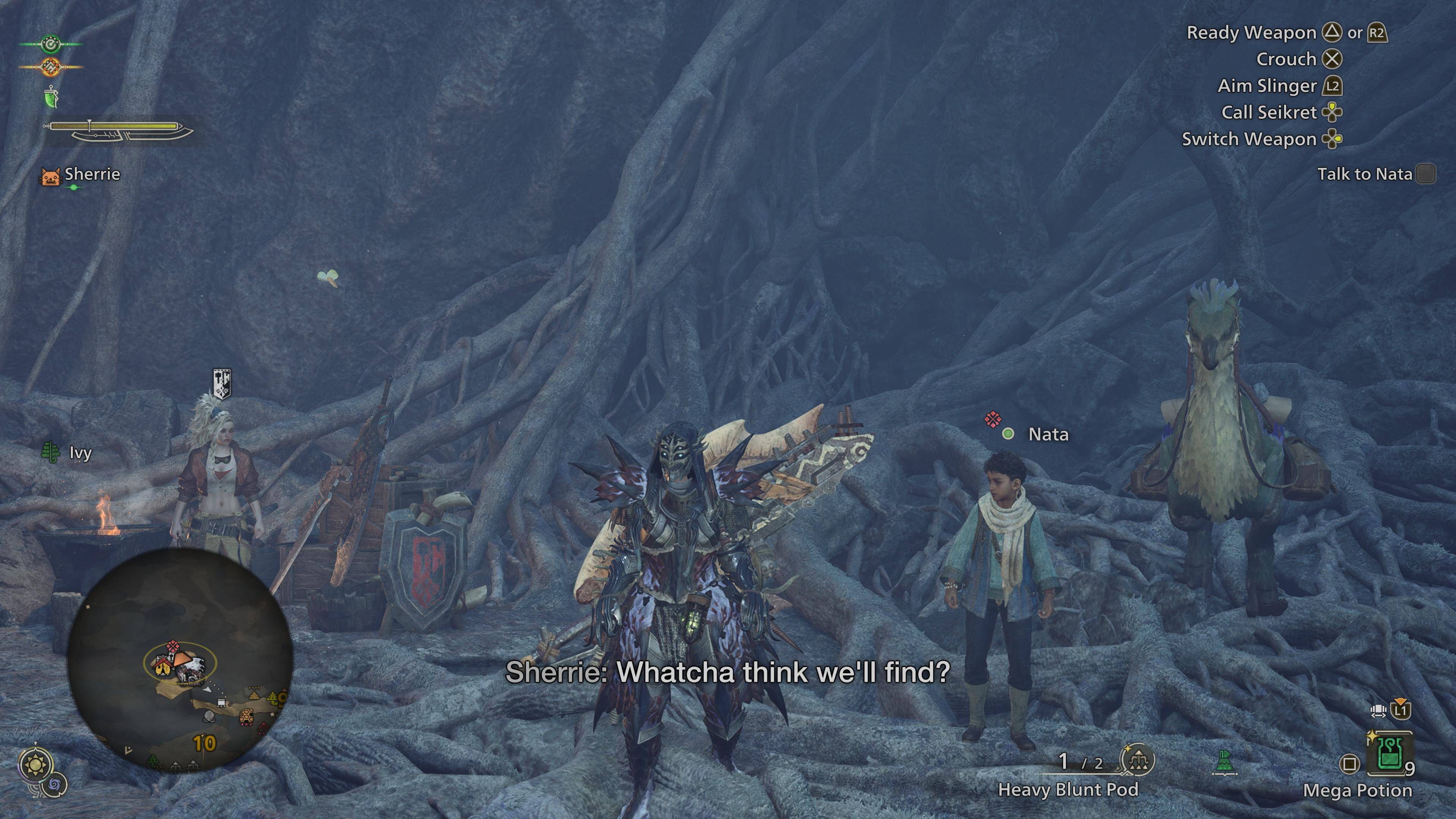Exploring the World of Taiko: Japanese Percussion
Taiko drums represent a diverse family of Japanese percussion instruments. While the term "taiko" (太鼓) broadly encompasses all drums in Japanese, internationally it typically refers to the various Japanese drums known as wadaiko (和太鼓, "Japanese drums") and the ensemble drumming style called kumi-daiko (組太鼓, "set of drums"). The craftsmanship of taiko varies considerably, with the construction of both the drum body and the drumhead potentially taking years, depending on the techniques employed.
Taiko's origins are shrouded in Japanese mythology, yet historical records point to Korean and Chinese influence as early as the 6th century CE. Some taiko designs bear resemblance to instruments from India. Archaeological findings from Japan's Kofun period (also 6th century) further support the presence of taiko during this era. Their historical roles have been remarkably diverse, ranging from communication and military signaling to theatrical accompaniment, religious ceremonies, festivals, and modern concerts. Furthermore, taiko has played a significant role in social movements for minority groups, both within and outside of Japan.
Kumi-daiko, the ensemble style featuring multiple drummers playing different drums, emerged in 1951 thanks to Daihachi Oguchi and has flourished through groups like Kodo. Other styles, such as hachijō-daiko, have developed within specific Japanese communities. Kumi-daiko groups now perform globally, with a significant presence in the United States, Australia, Canada, Europe, Taiwan, and Brazil. A taiko performance encompasses many elements, including intricate rhythms, musical forms, stick techniques, traditional costumes, and a specific array of instruments. Performances typically feature various barrel-shaped nagadō-daiko and smaller shime-daiko. Many groups incorporate vocals, strings, and woodwinds to enrich the sonic landscape.
Additional Game Information
Latest Version1.14 |
Category |
Requires AndroidAndroid 5.0+ |
Available on |
Taiko Screenshots
Reviews
Post comments-

- RitmoJaponés
- 2025-01-14
-
Juego de ritmo entretenido con sonidos de percusión japoneses. Le falta variedad de canciones y niveles de dificultad.
- iPhone 15
-

- JapanRhythmus
- 2025-01-12
-
Das Spiel ist okay, aber es könnte mehr Lieder und Schwierigkeitsstufen geben. Die Grafik ist einfach, aber die Musik ist gut.
- Galaxy S23+
-

- RythmeAsiatique
- 2025-01-12
-
Excellent jeu de rythme ! J'adore les sons des taikos japonais. Un jeu très addictif et bien réalisé !
- Galaxy Note20
-

- 太鼓达人
- 2025-01-02
-
好玩的节奏游戏!喜欢日本太鼓的声音。希望以后能增加更多歌曲和难度等级!
- Galaxy Z Flip3
-

- RhythmGamer
- 2025-01-02
-
Fun rhythm game! I love the Japanese percussion sounds. More songs and difficulty levels would be great.
- Galaxy S22 Ultra
-
1、Rate
-
2、Comment
-
3、Name
-
4、Email
Top Download
More >Trending games
-
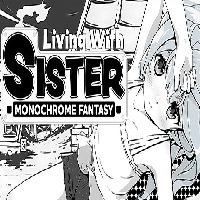
- Living With Sister: Monochrome Fantasy
- 4.2 Casual
- Dive into the captivating world of "Living With Sister: Monochrome Fantasy," a thrilling adventure game where responsibility meets excitement. You're thrust into the role of caretaker for your sister while your father embarks on his own daring quest. Dreaming of following in his footsteps, you jug
-
![Unnatural Instinct – New Version 0.6 [Merizmare]](https://imgs.semu.cc/uploads/05/1719570120667e8ec87834c.jpg)
- Unnatural Instinct – New Version 0.6 [Merizmare]
- 4.4 Casual
- Unnatural Instinct – New Version 0.6 [Merizmare] isn't just another game; it's an immersive adventure that reconnects you with your family. Imagine reuniting after a year apart, settling into a new home filled with mystery. This thrilling journey introduces new faces, unexpected friendships, and m
-

- Brawl Plants
- 4.1 Simulation
- Dive into the action-packed world of Brawl Plants, a thrilling multiplayer online brawl game that reimagines classic mobile shooters! Join millions of players worldwide in real-time battles, either solo or as part of a team. This top-down shooter delivers intense combat, memorable characters, and
-

- Thief Puzzle Stickman Game
- 4.5 Puzzle
- Introducing Thief Puzzle Stickman, a captivating puzzle escape game designed to challenge your intellect and keep you entertained. This popular game features progressively challenging levels, rewarding players for their problem-solving skills. Become a master thief, utilizing your uniquely elastic
-

- Armored Robots
- 3.9 Action
- Prepare your war machine for the ultimate robot battle royale! Armored Robots throws you into intense PvP mecha combat against other players. This arena shooter lets you command and customize your own powerful mech, upgrading it with a vast array of parts to dominate the battlefield. Engage in hi
-

- Pokémon TCG Pocket
- 4.4 Card
- Dive into the exciting world of Pokémon TCG Pocket, the mobile Pokémon Trading Card Game! Whether you're a seasoned pro or a curious beginner, build your collection, battle friends, and experience the thrill of Pokémon cards on your phone. Pokémon TCG Pocket Features: Daily Rewards: Get 2 free boo
Latest Games
-

- AU2 Mobile-EN
- 4 Music
- AU2 Mobile-EN is a captivating word puzzle game designed to challenge your vocabulary. Each level presents a fresh theme and a letter grid where you'll uncover hidden words. Strategically swipe and delete rows to reveal new possibilities, keeping th
-

- Scary doors roblox hoptiles
- 4.2 Music
- If you enjoy horror games and are a fan of the Roblox Hoptiles music from Scary Doors, you should definitely try the Scary Doors Roblox Hoptiles game! Featuring simple controls—just hold and drag to guide the ball—it challenges you to stay on the pa
-

- A Dance of Fire and Ice
- 2.5 Music
- Among countless mobile games, A Dance of Fire and Ice APK shines as a must-play for rhythm game lovers. Developed with precision, this isn't just another Play Store app—it's an immersive celebration of music and timing. The game captivates with its s
-

- Simpia: Learn Piano Fast
- 4.3 Music
- Dive into the world of music with Simpia: Learn Piano Fast, your personal virtual piano coach! This app is crafted for both beginners and aspiring musicians, offering a complete curriculum built by skilled instructors. Covering everything from music
-

- Taylor Swift Road: Dance
- 4.0 Music
- Step into the exciting world of KPOP with Taylor Swift Road: Dance, a rhythm game that puts your reflexes and coordination to the test. Choose from a diverse lineup of popular Taylor Swift songs and challenge yourself to keep the ball on the track wh
-

- Music Tiles - Simply Piano
- 4.5 Music
- Discover Music Tiles - Simply Piano, the perfect game for music fans and aspiring pianists! Immerse yourself in gameplay that lets you tap colorful tiles to the rhythm of chart-topping songs with incredible vocal tracks. Choose from a huge library o
-

- Drum Studio: Bateria Virtual
- 4.4 Music
- Dreaming of becoming a rockstar drummer but don't have actual drums? Drum Studio: Virtual Drum Kit brings your musical aspirations to life! This innovative drumming app is perfect for music lovers eager to learn drums effortlessly. Its intuitive desi
-

- Piano Tiles Hop 2: Ball Rush
- 4.3 Music
- Get ready for an exhilarating music rhythm adventure that pushes your skills to the limit! Piano Tiles Hop 2: Ball Rush blends timeless classical melodies with captivating gameplay, where you'll tap, hold, and swipe to guide your bouncing ball acros
-

- Avicii | Gravity HD
- 4.1 Music
- Step into a cosmic celebration with Avicii | Gravity HD, where the artist's stellar tracks collide with heart-pounding gameplay for an unparalleled immersive adventure. This innovative game puts you in command of the musical journey as you navigate
